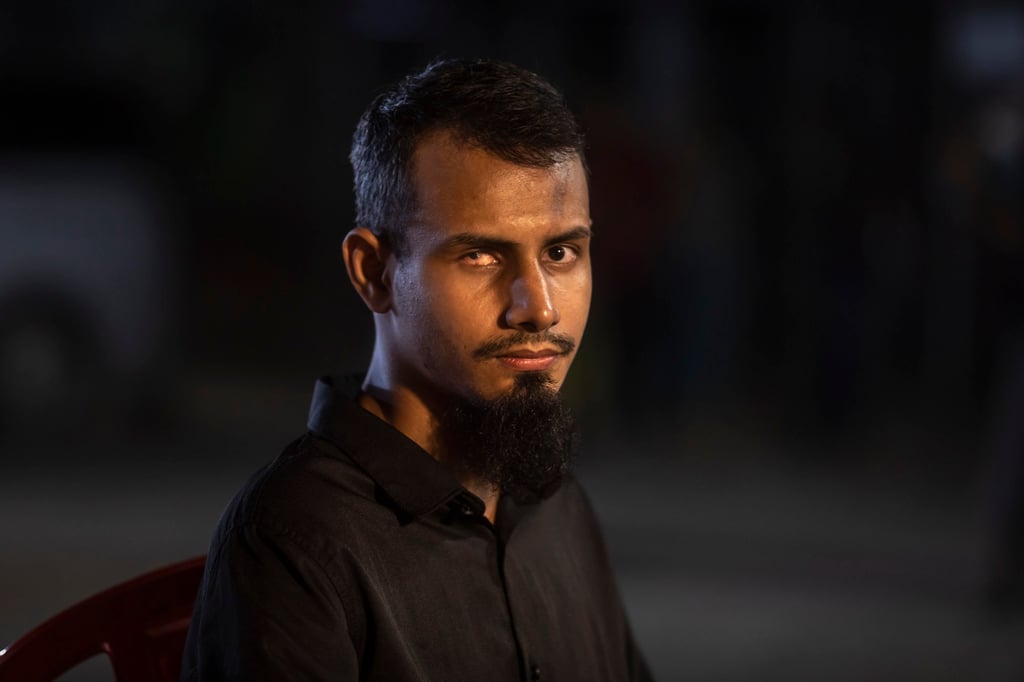Published: 2:30pm, 3 Aug 2025Updated: 2:41pm, 3 Aug 2025
A year after the autocrat Sheikh Hasina was toppled, Habibur Rahman still carries the physical scars of Bangladesh’s revolution – he walks with a limp and says the birdshot lodged in his skull sometimes pulses like a warning.
Advertisement
But it is his right eye – sightless, unmoving and faintly crimson – that tells the real story of those bloody, chaotic days.
On July 18, 2024, riot police opened fire on demonstrators in Dhaka’s Jatrabari neighbourhood, on Hasina’s orders.
Students had taken to the streets after several unarmed classmates were killed protesting against a rigged public service job quota system. Habibur, then 24, was near the front line and never saw police open fire with shotguns. The pellets tore through his face, neck and shoulder.
Now he will never again see from his eye.

Habibur – who also goes by Habib – still keeps the blood-soaked shirt he wore that day folded in a drawer he rarely opens, a painful, hidden memory of the moment student protests erupted into a national revolt that ultimately ousted a dictator.
Advertisement

